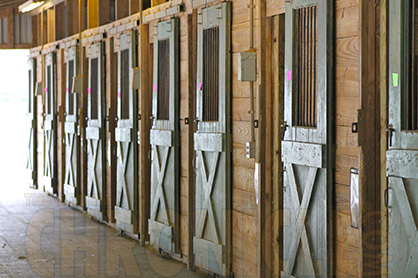I Was Hit by Lightning and it Changed My Life
March 22, 2021 Comments Off on I Was Hit by Lightning and it Changed My Life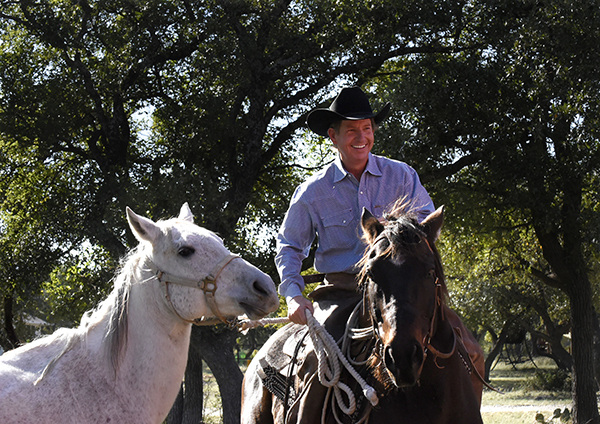
“I’m acutely aware of the power and unpredictability of weather,” he says. “I’ve been on ranches all my life, but the respect I have for it now is much greater. A positive mindset and taking the offense—figuring out what you can do—is key to survival.”
Continue reading …What Are the Most Important Issues Facing the Horse Industry Today?
March 21, 2021 Comments Off on What Are the Most Important Issues Facing the Horse Industry Today?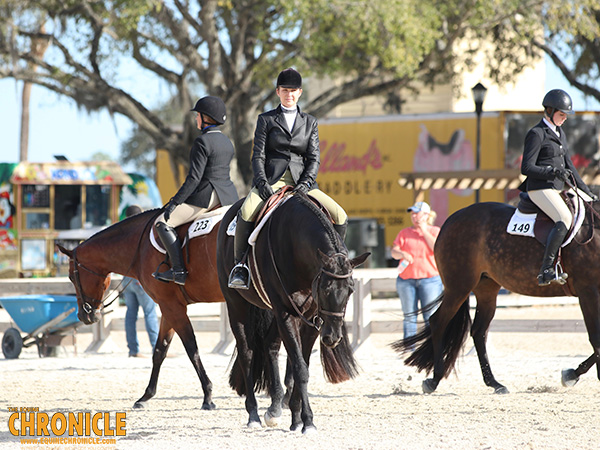
As a horse owner or manager, you can provide input on the management of the horses in your care and the issues in the U.S. horse industry that concern you the most. Have your opinion count in this equine industry survey that is only conducted every three years.
Continue reading …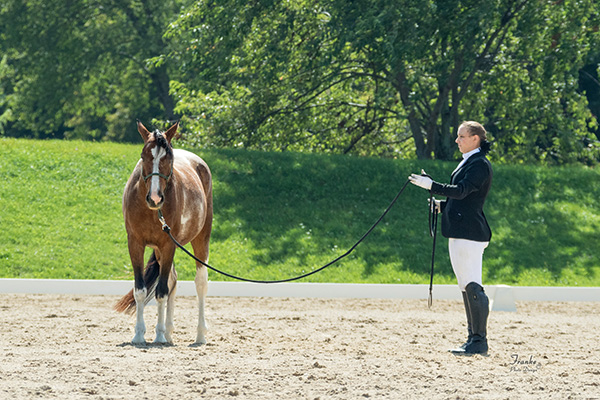
North American Western Dressage has taken groundwork to a new level. They have developed a progressive system of “tests” that include tasks that many of us are already doing – leading, halting, backing, walking in a circle, turn on the forehand, turn on the haunches, and more. Each test is judged according to the willingness, harmony, and balance that your horse shows. As a “handler,” you can also earn points how well you apply your aids.
Continue reading …Take Part in Stirrup Safety Research Survey
March 13, 2021 Comments Off on Take Part in Stirrup Safety Research Survey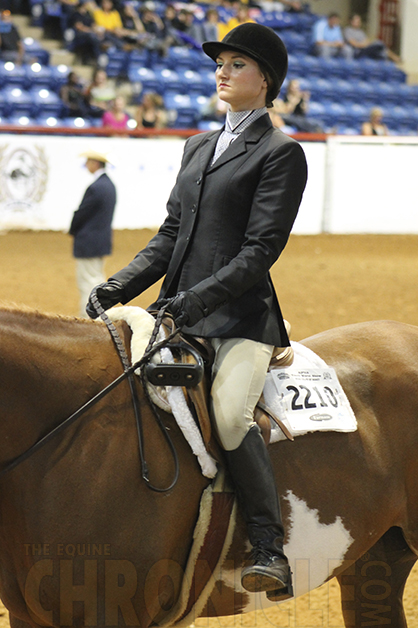
Dr David Marlin of Cambridge (UK) and Dr Jane Williams of Hartpury University (UK) have created a stirrup safety survey to collect information related to horseback riding falls within the period of the past 12 months. “The aim of the present survey is to collect data on recent falls (within the past 12 months) and […]
Continue reading …Much Needed Assistance Provided For Livestock Owners Affected by Winter Storms
March 11, 2021 Comments Off on Much Needed Assistance Provided For Livestock Owners Affected by Winter Storms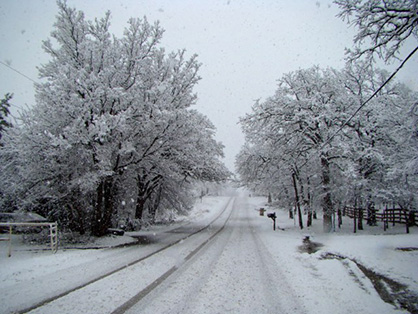
“Our hearts go out to all who are affected by the winter storms,” said Dr. Andy Schwartz, TAHC Executive Director. “We are grateful for the support and resources our government and non-government partners are providing.”
Continue reading …AAEP Issues Updated Euthanasia Guidelines For Horses
March 10, 2021 Comments Off on AAEP Issues Updated Euthanasia Guidelines For Horses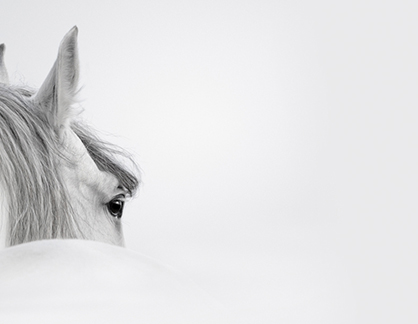
The chief revision to the AAEP’s Euthanasia Guidelines is the addition of the administration of lidocaine hydrochloride 2% (intrathecal) with the horse in a surgical plane of general anesthesia as a technique deemed acceptable when performed by trained personnel.
Continue reading …World Equestrian Center- Ocala- EHV-1 Update
March 8, 2021 Comments Off on World Equestrian Center- Ocala- EHV-1 Update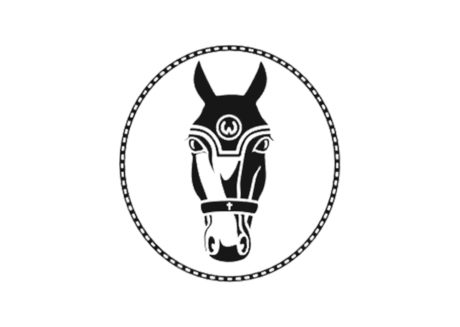
Ocala management was made aware in the late evening of Saturday, March 6 that a horse in Barn D was presenting with a high fever. The team proactively had the horse removed from the grounds and sent to the University of Florida for testing, isolation and observation.
Continue reading …AQHA- Medroxyprogesterone Acetate Violations to be Enforced Starting August 15th, 2021
March 5, 2021 Comments Off on AQHA- Medroxyprogesterone Acetate Violations to be Enforced Starting August 15th, 2021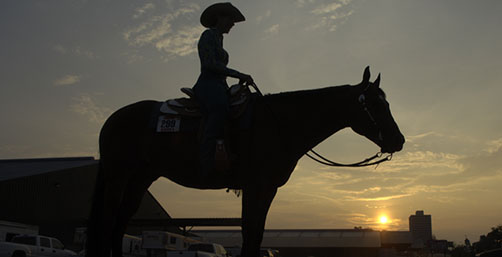
MPA is not approved by the Food and Drug Administration (FDA) for use in horses and, effective August 15, 2021, AQHA will be enforcing violations as one of the Association’s prohibited substances to protect the welfare and integrity of the American Quarter Horse.
Continue reading …From Top Finishes at NSBA and APHA World- Journey Back to Respiratory Health For 2-Year-Old Show Horse
February 28, 2021 Comments Off on From Top Finishes at NSBA and APHA World- Journey Back to Respiratory Health For 2-Year-Old Show Horse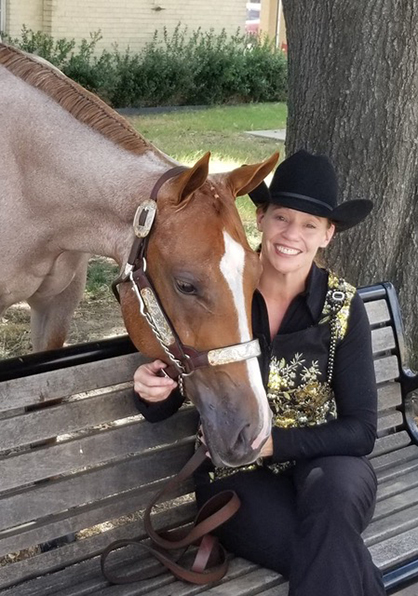
This is a relatively common cause of respiratory problems in performance horses. It involves the triangular-shaped piece of soft cartilage, the epiglottis, that normally flips up to protect the airway when swallowing. This action prevents food or water from going down the airway (trachea) and getting into the lungs. During exercise, the soft palate should move in a way that opens the airway for maximum airflow. With dorsal displacement, the soft palate displaces upward, obstructing the trachea and limiting air intake.
Continue reading …








